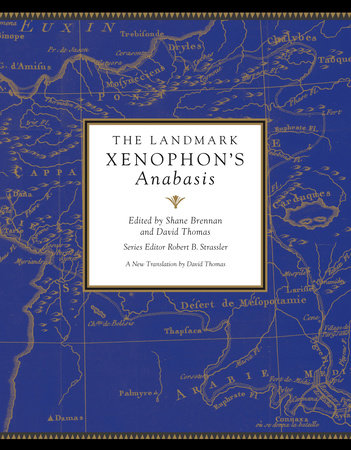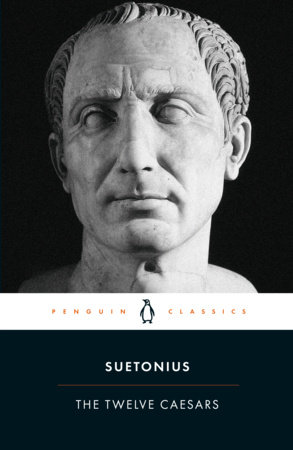“This is an ideal volume for novices of the subject … or for non-academic readers who enjoy the text for its own merits. . . . The remarkably detailed Index at the end of the volume, a virtually complete index of all people, places, events, and concepts in the Anabasis, will be useful to all readers studying the text. . . . An excellent addition to the study of Xenophon’s works. Its comprehensive but readable nature lends itself to students of all backgrounds.”
—Bryn Mawr Classical Review
“The Landmark series presents classics of ancient history . . . in a format that makes even annotated editions look skimpy. Maps, photographs, explanatory notes, extracts from related documents, extensive bibliographies and an encyclopedic index consequently add deep context.”
—The Washington Post
“In his eyewitness account, Xenophon’s engaging descriptions of battles and of the highs and lows of the march are a classic illustration of what ancient writers termed enargeia, “vividness.” This quality is one reason why his Anabasis has retained its appeal to readers over the centuries. Another is the book’s value as a mine of historical geography. A further element in its enduring appeal is its engagement with themes of interest to Xenophon and his audience. These were topical, but also in many cases timeless. Xenophon does not present his lessons as such, but embeds them in colorful vignettes that are rooted in events that took place on the march.
“It is a measure of [Xenophon’s] craft as a writer that a reader can enjoy the story without feeling distracted by, or even being aware of, the underlying themes driving it. Likewise the complex narratorial structure of the text, where Xenophon has several presences (author, narrator, the character “Xenophon” and the historical persona behind this figure), does little to disrupt the story. While literary scholars are kept engaged by the text, some identifying themes and concerns in the work, others reading between the lines to uncover hidden meanings, its durability ultimately resides in its telling of a human story of ambition, adversity and triumph.
A classic is classic, Ezra Pound wrote, “not because it conforms to certain structural rules, or fits certain definitions (of which its author had quite probably never heard). It is classic because of a certain eternal and irrepressible freshness.” ”
—Lit Hub
“Philosopher-warrior Xenophon’s 4th-century BCE Anabasis, edited here by historians Brennan and Thomas, comes packed with the Landmark series’ trademark commentary and scholarly analysis. Lengthy footnotes supplement each passage, highlighting the traditional summaries of the text compiled by scribes over the ages. This edition features helpful maps too, for students unfamiliar with the distance and geography of the ancient world’s city-states. The appendices shed further light on what we know about Xenophon and his relation to Socrates, among other in-depth revelations about Anabasis. The translated prose reads easily and rolls from passage to passage quickly, while the edition’s scholarly material brings secondary sources into one tremendous research springboard. The book ends with a glossary and an extensive list of sources cited, which serves as a starting point for further research. History, literature, and classics departments will be grateful for this edition’s supplementary teaching and research material.”
—Library Journal














